Tart cherry: your natural ally for optimal muscle recovery.
Author:
Julio Valero
Published on:
2/13/2025

The effectiveness of tart cherry juice in aiding recovery after intermittent exercise.
Tart cherry juice has gained popularity as a supplement in recent years due to its purported health benefits. But how effective is it really? Is there a risk of overconsumption?
Overview
In a study, researchers compared the effects of tart cherry juice to a placebo on exercise performance and recovery, measuring markers of muscle soreness and inflammation.
Tart cherry juice has proven more effective than a placebo in speeding recovery.
Tart cherry juice, thanks to its antioxidants, is an excellent ally for recovery
What's the problem?
During exercise, our cells experience increased free radical production due to the higher demand for oxygen to fuel cellular metabolism. These free radicals can lead to a buildup of reactive oxygen species (ROS), which can cause oxidative stress if not managed.
Oxidative stress is defined as an imbalance between oxidants and antioxidants, favoring oxidants, which can damage cells and contribute to the development of chronic diseases. However, antioxidants can play a protective role by acting as ROS scavengers and helping to maintain redox balance..
Polyphenols, a type of antioxidant found in plants, have demonstrated both antioxidant and anti-inflammatory properties. Anthocyanins, a family of polyphenols present in cherries and berries, are particularly effective in protecting against oxidative stress.
In recent years, tart cherry juice (TCJ) has gained attention due to its anthocyanin content and potential to enhance post-exercise recovery. Studies suggest that TCJ may help reduce muscle damage and inflammation, potentially due to its antioxidant properties.
In summary, exercise can increase the production of free radicals and the risk of oxidative stress. However, antioxidants, such as the polyphenols found in cherries and berries, can help protect against this stress and promote recovery after exercise. Tart cherry juice is an example of an antioxidant-rich beverage that may be beneficial for athletes and active individuals.
corrige este texto en ingles: Montmorency cherry juice (MCJ), available in powder or liquid form, is a supplement with growing interest in the sports arena. Although it does not have the same scientific support as other supplements such as creatine, some studies suggest that MJ may improve recovery and reduce inflammation (CRP) after exercise. However, other studies have not found significant benefits on performance, progression, or muscle damage (CQ). A recent study of athletes on a typical diet examined the impact of MJ on various performance and recovery variables, providing valuable insight into its efficacy.
Montmorency cherry juice (TCJ), available in powder or liquid form, is a supplement of growing interest in the sports arena. Although it doesn't have the same level of scientific support as other supplements like creatine, some studies suggest that TCJ may improve recovery and reduce inflammation (as measured by C-reactive protein, or CRP) after exercise. However, other studies have not found significant benefits on performance, progression, or muscle damage. A recent study of athletes on a typical diet examined the impact of TCJ on various performance and recovery variables, providing valuable insight into its efficacy.
Purpose
This study investigated the impact of TCJ supplementation on the recovery of athletes consuming a traditional diet following intermittent exercise.
Hypothesis
The researchers hypothesize that TCJ supplementation for five days prior to the LIST test, on the day of the test, and for two days following the test will promote faster muscle recovery and a return to baseline physical performance within two days. They anticipate that TCJ will mitigate markers of muscle damage and inflammation.
What Did They Test and How?
Participants
Twenty athletes (8 men and 12 women) from team sports, including football (soccer), hockey, and netball, participated in this study. Table 1 presents the treatment groups and participant characteristics.
Table 1 Treatment Groups and Participant Characteristics
Group | Sport (n) | Sex (M/F) | Age, y | Height, cm | Mass, kg | Multistage fitness test level | Predicted VO2max, mL/kg/min |
Cherry Juice | Soccer (n = 5), Hockey (n = 2), Netball (n = 3) |
|
| 175.9 (11.1) | 71.5 (13.1) | 9.4 (2.1) | 44.6 (7.2) |
Placebo | Soccer (n = 9), Hockey (n = 1) |
|
| 174.8 (8.4) | 68.9 (12.6) | 9.3 (2.6) | 44.2 (9) |
Values are means (SD). Abbreviations: M/F, Male/female: VO2max, maximal oxygen uptake.
Study Procedures
This study investigated the effects of a TCJ blend supplement on performance and recovery after high-intensity intermittent exercise. Participants were randomly assigned to one of two groups: one receiving the TCJ supplement and the other a placebo. Neither the participants nor the researchers administering the treatments were aware of group assignments (double-blind study).
The study was conducted over nine days and consisted of four visits. At the first visit, blood creatine kinase (CK) and C-reactive protein (CRP) levels were measured, a familiarization session was conducted, and participants' fitness was assessed using a multi-stage fitness test. Seven days later, baseline measures of various performance and recovery-related variables were taken. These measurements were repeated 1, 24, and 48 hours after participants completed a modified Loughborough Intermittent Shuttle Test (LIST). The LIST is a test designed to simulate the demands of soccer (football) and, in this case, consisted of six 15-meter sections followed by twelve all-out 20-meter sprints with a 10-meter deceleration zone, with starts every 60 seconds.
In summary, this study seeks to determine whether the TCJ blend supplement can improve performance and recovery after high-intensity intermittent exercise similar to football. To do so, various physiological and performance variables were measured before, during and after the LIST test in two groups of participants: one that received the supplement and one that received a placebo.
Treatments
During the 8-day study, participants consumed two daily servings of TCJ (30 mL of Montmorency tart cherry concentrate and 70 mL of water) or a placebo of similar taste and color. The first serving was taken in the morning and the second in the evening, beginning 5 days before the LIST test and continuing until 2 days after. Participants were asked to maintain their usual dietary habits and record their intake in a diary.
TCJ, tart cherry juice; PLA, placebo; LIST, Loughborough Intermittent Shuttle Test.
Measurements
In the countermovement jump (CMJ) test, jump height was determined by measuring flight time using a jump mat.
Infrared timing gates were used to measure the 20-meter sprints.
Non-dominant leg strength was assessed using maximal voluntary isometric contractions (MVIC) of knee extension against an extensometer. Participants performed maximal extensions for approximately three seconds.
Participants' muscle pain was measured using a visual analog scale (VAS), where 0 represents "no pain" and 10 represents "the worst pain imaginable."
Blood tests to measure interleukin-6 (IL-6), C-reactive protein (CRP), and creatine kinase (CK), biomarkers of inflammation and muscle damage, respectively.
What Did They Find?
Performance Measures
This study investigated the effect of TCJ on performance recovery after high-intensity interval training (LIST). Countermovement jump (CMJ), 20-m sprint speed, and maximal voluntary isometric contraction (MVIC) were assessed at 1, 24, and 48 hours after LIST.
As expected, performance on all three tests was reduced one hour after LIST, which was an objective of the study design. However, the TCJ group showed superior recovery compared to the placebo group at 24 and 48 hours.
Specifically, the TCJ group experienced complete recovery of CMJ performance at 48 hours, whereas the placebo group did not (Figure 2). Although both groups observed similar reductions in sprint velocity 1 hour after LIST, the TCJ group recovered sprint velocity more effectively at 24 and 48 hours (Figure 3). Similarly, the TCJ group showed superior recovery in MVIC at 24 and 48 hours (Figure 4).
These results suggest that TCJ may be an effective strategy to enhance performance recovery after high-intensity interval training.
Figure 2 Countermovement jump performance at baseline and following the LIST.
Data presented as means (SD). *Significantly greater recovery of force in the TCJ group at 24 and 48 hr post-LIST (P < .05). MVIC = Maximal voluntary isometric contraction, LIST = Loughborough Intermittent Shuttle Test
Figure 3 20 m Sprint times for treatment groups at baseline and following LIST
Data presented as means (SD). *Significantly greater recovery of force in the TCJ group at 24 and 48 hr post-LIST (P < .05). MVIC = Maximal voluntary isometric contraction, LIST = Loughborough Intermittent Shuttle Test
Figure 4 Percentage change in MVIC at baseline and after LIST
Data presented as means (SD). *Significantly greater recovery of force in the TCJ group at 24 and 48 hr post-LIST (P < .05). MVIC = Maximal voluntary isometric contraction, LIST = Loughborough Intermittent Shuttle Test
Muscle Soreness and Blood Variables
The results of this study revealed interesting changes in muscle soreness and blood variables following the initial test. Pain increased significantly in both groups, with no significant differences between them at any time point. However, a trend toward greater pain was observed in the placebo group (PLA) at 24 and 48 hours post-test, compared to the treatment group (TCJ). These changes in muscle soreness demonstrated moderate to large effect sizes. Regarding blood variables, CK concentrations were significantly elevated in both groups, although the PLA group tended toward higher levels at 24 hours. No significant differences were observed in CRP levels, though a similar trend was noted in the PLA group at 24 hours. In summary, these results suggest that TCJ treatment may positively influence the reduction of muscle soreness and modulate blood variables following the test; however, further research is required to confirm these findings.
Table 2 Differences Between TCJ and PLA for Recovery Measures Following LIST.
Mean Difference (90% CI) | Effect Size | |
Change from baseline to post | ||
CMJ | -0.7 (0.6) | -0.46 (moderate) |
20-m sprint | 0.1 (0.0) | 0.86 (large) |
MVIC | -4.8 (17.1) | -0.10 |
Agility | 0.1 (0.1) | 0.35 (small) |
DOMS | 14.1 (33.8) | 0.41 (small) |
CK | 52.7 (31.8) | 0.61 (moderate) |
CRP | -0.3 (0.1) | -0.41 (small) |
Change from baseline to 24 h | ||
CMJ | -2.2 (0.6) | -1.39 (large) |
20-m sprint | 0.1 (0.0) | 1.90 (large) |
MVIC | -38.4 (17.8) | -0.79 (large) |
Agility | 0.1 (0.0) | 1.24 (large) |
DOMS | 31.2 (31.8) | 0.72 (moderate) |
CK | 189.1 (100.9) | 0.69 (moderate) |
CRP | 0.4 (0.2) | 0.31 (small) |
Change from baseline to 48 h | ||
CMJ | -2.7 (0.6) | -1.67 (large) |
20-m Sprint | 0.1 (0.0) | 1.40 (large) |
MVIC | -49.8 (15.7) | -1.16 (large) |
Agility | 0.1 (0.2) | 0.14 |
DOMS | 54.9 (25.2) | 1.20 (large) |
CK | 26.0 (61.3) | 0.16 (small) |
CRP | -0.2 (0.3) | -0.10 |
CI, confidence interval; CK, creatine kinase; CMJ, countermovement jump; CRP, C-reactive protein; DOMS, delayed onset muscle soreness; MVIC, maximal voluntary isometric contraction. Mean difference refers to placebo values minus TCJ trial values.
What Do the Findings Mean?
Assessment of performance variables indicates positive effects of TCJ on recovery, defined as the return to baseline levels of the measured variable. TCJ facilitated recovery of CMJ, 20m sprint, and MVCI, as demonstrated by significant differences and large effect sizes at 24 and 48 hours post-exercise compared to the placebo group. The lack of significant differences 1 hour post-exercise suggests that TCJ may be more effective in promoting recovery 1-2 days post-exercise, rather than immediately after. Other studies have also reported improvements in isometric strength post-exercise with TCJ supplementation. As mentioned in the introduction, the antioxidant properties of the polyphenols present in TCJ likely contribute to the observed recovery benefits. A possible explanation for any discrepancies could be differences in the strenuous exercise protocol or other methodological variations. Given that TCJ is a relatively new supplement in research, some conflicting evidence is not unexpected. Despite differences in findings between some studies, the results of this study contribute to the growing body of evidence supporting the effectiveness of TCJ in recovery.
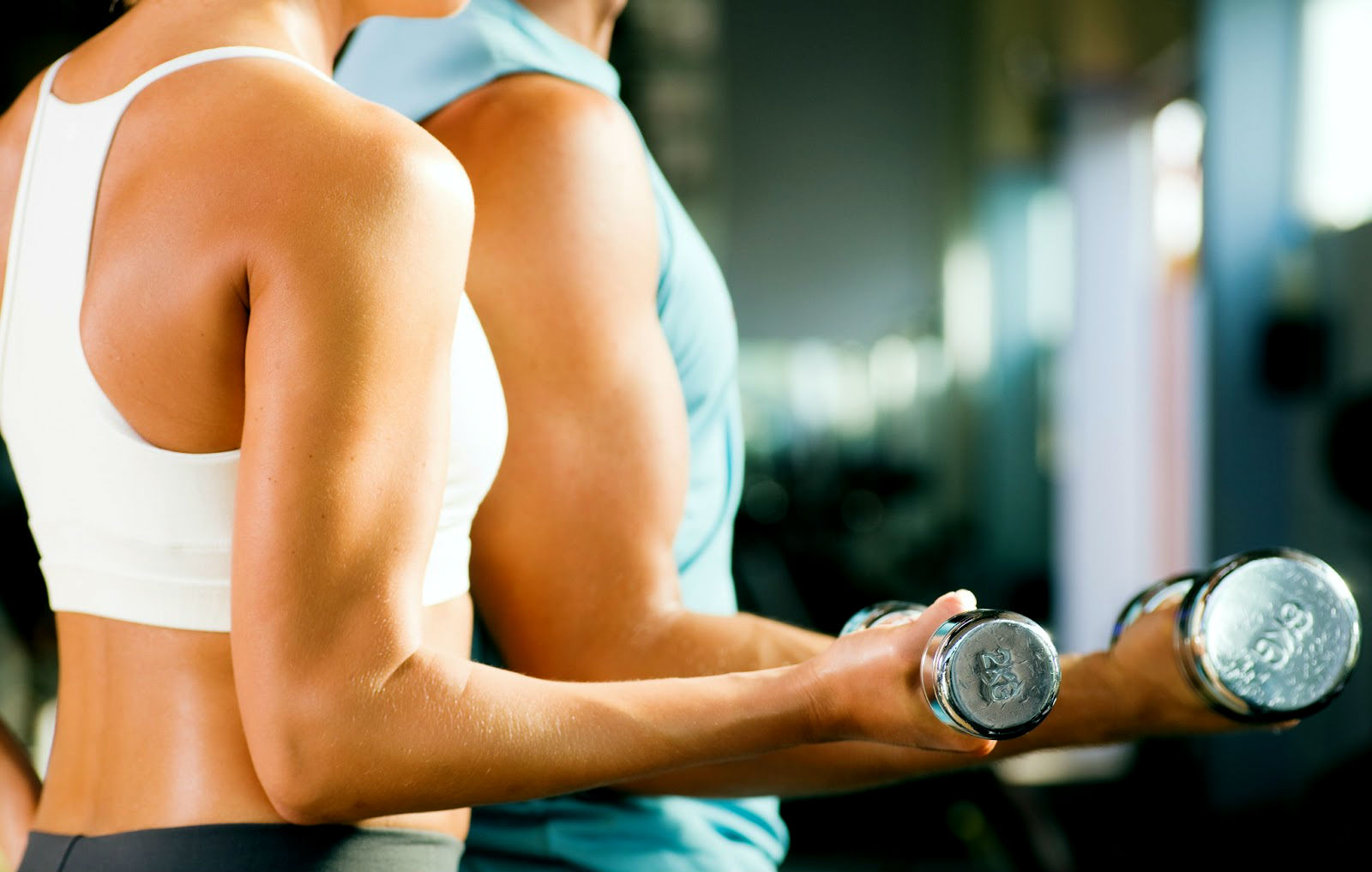
Changes in muscle soreness and biomarkers of inflammation and muscle damage were not statistically significant between the groups. However, some interesting trends were observed.
Regarding muscle soreness, there were moderate and large effect sizes for DOMS at 24 and 48 hours, respectively (Table 2). This suggests that TCJ may have had a positive effect on reducing muscle soreness, although the subjective nature of muscle soreness may have contributed to the lack of statistical significance between groups at each time point.
Regarding biomarkers, the muscle damage biomarker (CK) approached, but did not reach, statistical significance (p = .052), with a moderate effect size at 1 and 24 hours post-exercise. This suggests that TCJ may have provided a slight advantage in reducing muscle damage, although both treatments showed similar CK levels 48 hours post-exercise. CRP (the inflammatory biomarker) showed no benefit of TCJ on inflammation.
Taken together, these findings suggest that the exercise protocol may not have been intense enough to induce substantial muscle damage. Further research using high-intensity, muscle-damaging exercise is needed to determine the extent of TCJ benefits on these types of outcomes.
How Can You Apply These Findings?
Fruits and vegetables are essential for a balanced diet, but excessive antioxidant intake may negatively impact muscle growth. While more research is needed, some studies suggest that high doses of vitamins C and E can disrupt the oxidant-antioxidant balance. However, these doses are significantly higher than those obtained from food. TCJ may aid muscle recovery, but its long-term use requires further investigation. In summary, a diet rich in fruits and vegetables is beneficial, and TCJ could be a useful supplement.
References
Quinlan, R., & Hill, J. A. (2020). The efficacy of tart cherry juice in aiding recovery after intermittent exercise. International journal of sports physiology and performance, 15(3), 368-374.
Powers, S. K., Deminice, R., Ozdemir, M., Yoshihara, T., Bomkamp, M. P., & Hyatt, H. (2020). Exercise-induced oxidative stress: Friend or foe?. Journal of sport and health science, 9(5), 415–425.
Pham-Huy, L. A., He, H., & Pham-Huy, C. (2008). Free radicals, antioxidants in disease and health. International journal of biomedical science : IJBS, 4(2), 89–96.
Bowtell, J., & Kelly, V. (2019). Fruit-Derived Polyphenol Supplementation for Athlete Recovery and Performance. Sports medicine (Auckland, N.Z.), 49(Suppl 1), 3–23.
Howatson, G., McHugh, M. P., Hill, J. A., Brouner, J., Jewell, A. P., van Someren, K. A., Shave, R. E., & Howatson, S. A. (2010). Influence of tart cherry juice on indices of recovery following marathon running. Scandinavian journal of medicine & science in sports, 20(6), 843–852.
Bell, P. G., Stevenson, E., Davison, G. W., & Howatson, G. (2016). The Effects of Montmorency Tart Cherry Concentrate Supplementation on Recovery Following Prolonged, Intermittent Exercise. Nutrients, 8(7), 441.
McCormick, R., Peeling, P., Binnie, M., Dawson, B., & Sim, M. (2016). Effect of tart cherry juice on recovery and next day performance in well-trained Water Polo players. Journal of the International Society of Sports Nutrition, 13, 41.
Ismaeel, A., Holmes, M., Papoutsi, E., Panton, L., & Koutakis, P. (2019). Resistance Training, Antioxidant Status, and Antioxidant Supplementation. International journal of sport nutrition and exercise metabolism, 29(5), 539–547.
Dutra, M. T., Alex, S., Silva, A. F., Brown, L. E., & Bottaro, M. (2019). Antioxidant Supplementation Impairs Changes in Body Composition Induced by Strength Training in Young Women. International journal of exercise science, 12(2), 287–296.
Bell, P. G., Walshe, I. H., Davison, G. W., Stevenson, E. J., & Howatson, G. (2015). Recovery facilitation with Montmorency cherries following high-intensity, metabolically challenging exercise. Applied physiology, nutrition, and metabolism = Physiologie appliquee, nutrition et metabolisme, 40(4), 414–423.
Connolly, D. A., McHugh, M. P., Padilla-Zakour, O. I., Carlson, L., & Sayers, S. P. (2006). Efficacy of a tart cherry juice blend in preventing the symptoms of muscle damage. British journal of sports medicine, 40(8), 679–683.
Bowtell, J. L., Sumners, D. P., Dyer, A., Fox, P., & Mileva, K. N. (2011). Montmorency cherry juice reduces muscle damage caused by intensive strength exercise. Medicine and science in sports and exercise, 43(8), 1544–1551.
Braakhuis, A. J., & Hopkins, W. G. (2015). Impact of Dietary Antioxidants on Sport Performance: A Review. Sports medicine (Auckland, N.Z.), 45(7), 939–955.
Levers, K., Dalton, R., Galvan, E., Goodenough, C., O'Connor, A., Simbo, S., Barringer, N., Mertens-Talcott, S. U., Rasmussen, C., Greenwood, M., Riechman, S., Crouse, S., & Kreider, R. B. (2015). Effects of powdered Montmorency tart cherry supplementation on an acute bout of intense lower body strength exercise in resistance trained males. Journal of the International Society of Sports Nutrition, 12, 41.
Lamb, KL, Ranchordas, MK, Johnson, E., Denning, J., Downing, F. y Lynn, A. (2019). Ningún efecto del jugo de cereza ácida o el jugo de granada en la recuperación del daño muscular inducido por el ejercicio en hombres que no entrenan con pesas. Nutrients, 11(7), 1593.
Beals, K., Allison, KF, Darnell, M., Lovalekar, M., Baker, R., Nieman, DC, ... y Lephart, SM (2017). Los efectos de una bebida de cereza ácida en la reducción del dolor muscular inducido por el ejercicio. Isokinetics and Exercise Science, 25(1), 53-63.
McCormick, R., Peeling, P., Binnie, M., Dawson, B. y Sim, M. (2016). Efecto del jugo de cereza ácida en la recuperación y el rendimiento al día siguiente en jugadores de waterpolo bien entrenados. Journal of the International Society of Sports Nutrition, 13, 41.
Paulsen, G., Cumming, KT, Holden, G., Hallén, J., Rønnestad, BR, Sveen, O., Skaug, A., Paur, I., Bastani, NE, Østgaard, HN, Buer, C. , Midttun, M., Freuchen, F., Wiig, H., Ulseth, ET, Garthe, I., Blomhoff, R., Benestad, HB, y Raastad, T. (2014). La suplementación con vitamina C y E dificulta la adaptación celular al entrenamiento de resistencia en humanos: un ensayo controlado, aleatorizado y doble ciego. La Revista de fisiología, 592 (8), 1887-1901.
Nicholas, CW, Nuttall, FE y Williams, C. (2000). Prueba de Loughborough Intermittent Shuttle: una prueba de campo que simula el patrón de actividad del fútbol. Journal of sports sciences, 18(2), 97–104.
Comparte en redes sociales
Recent posts

A bad night's sleep: a reason to stay up even longer?
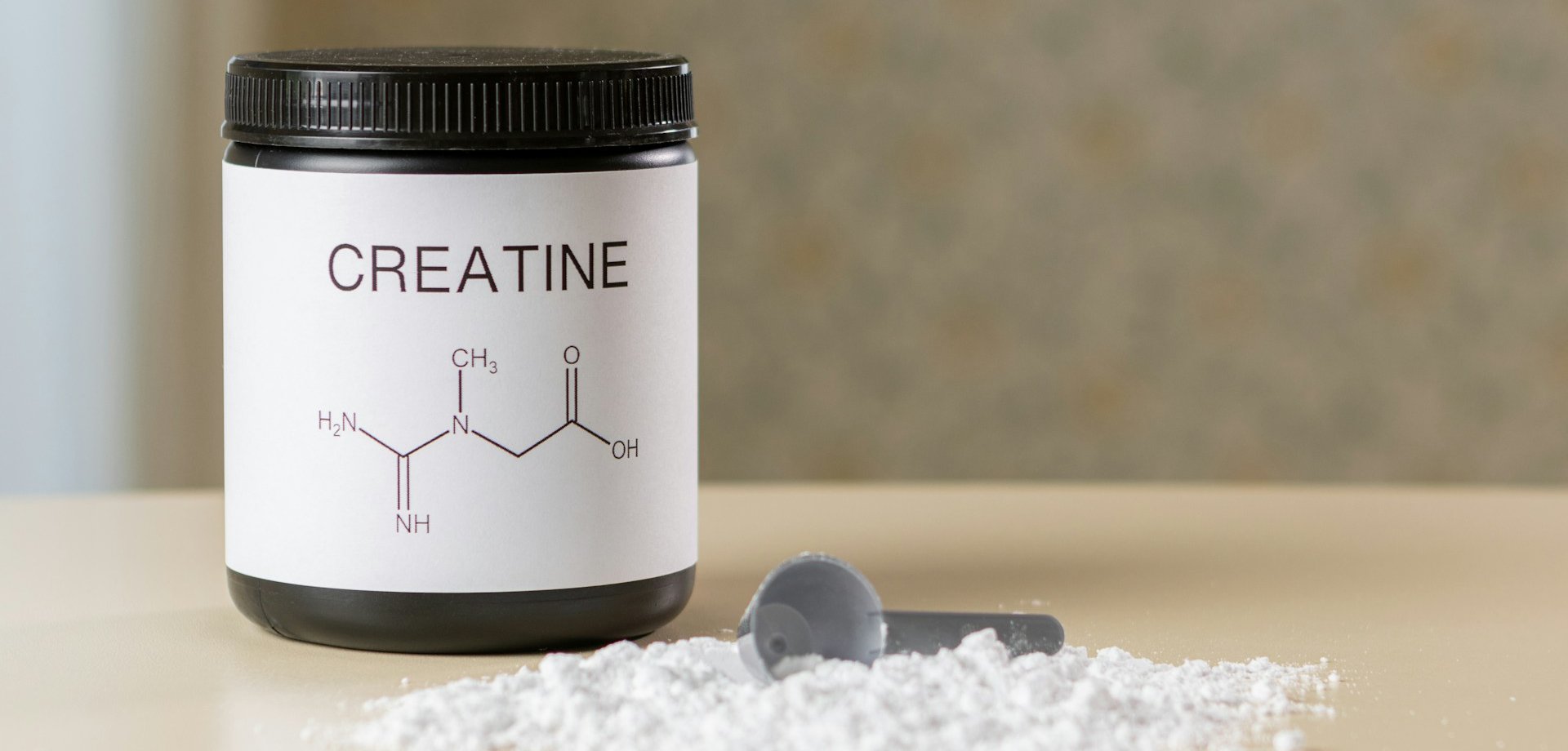
Creatine Effectiveness: What Does Science Say About Its Benefits?
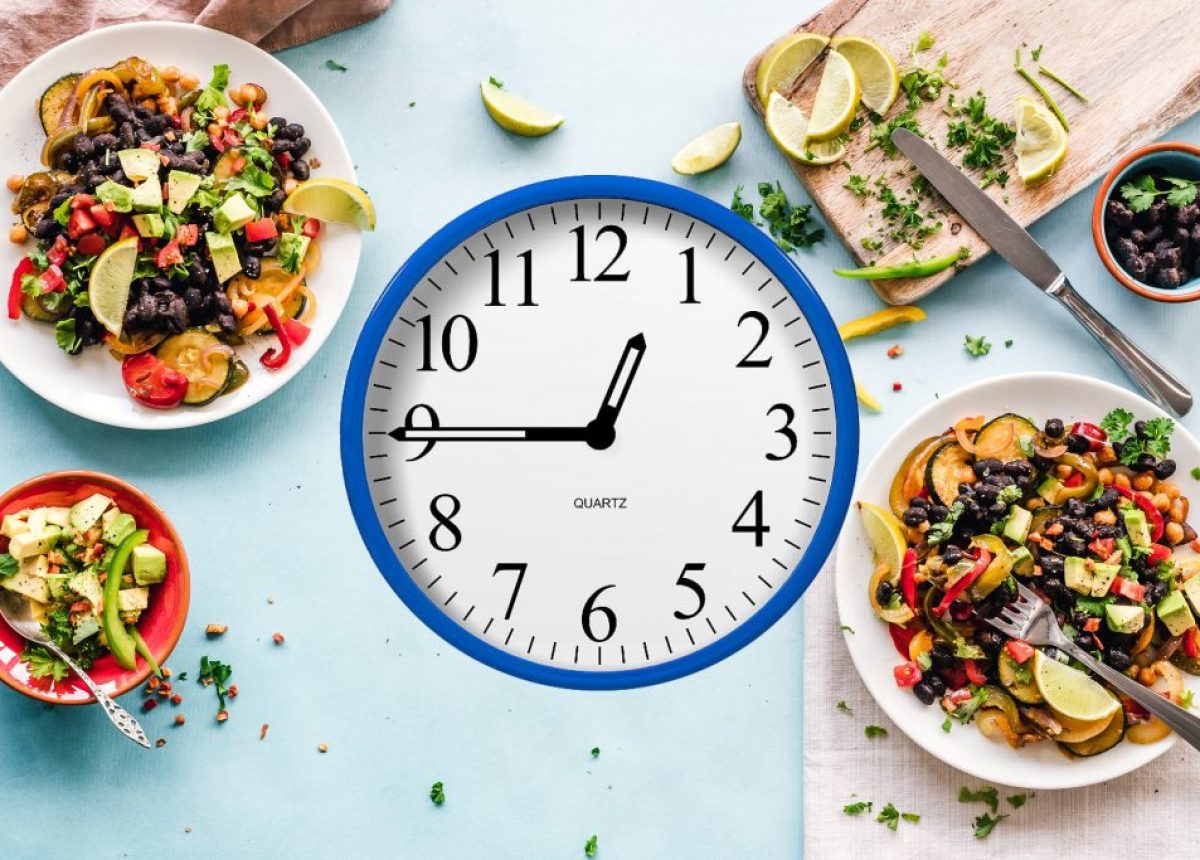
Does meal timing help you lose fat?
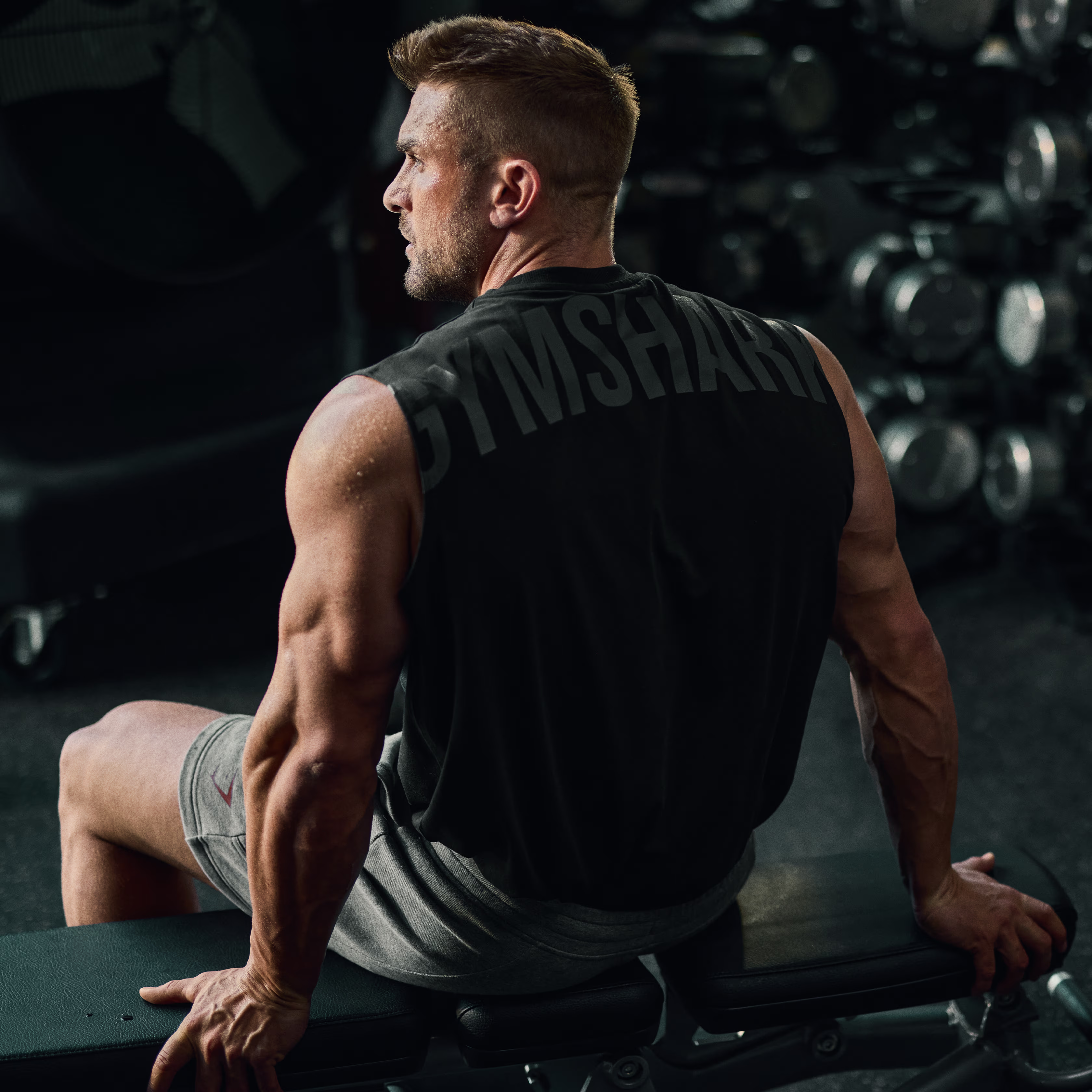
Is your triceps press building muscle or holding you back?
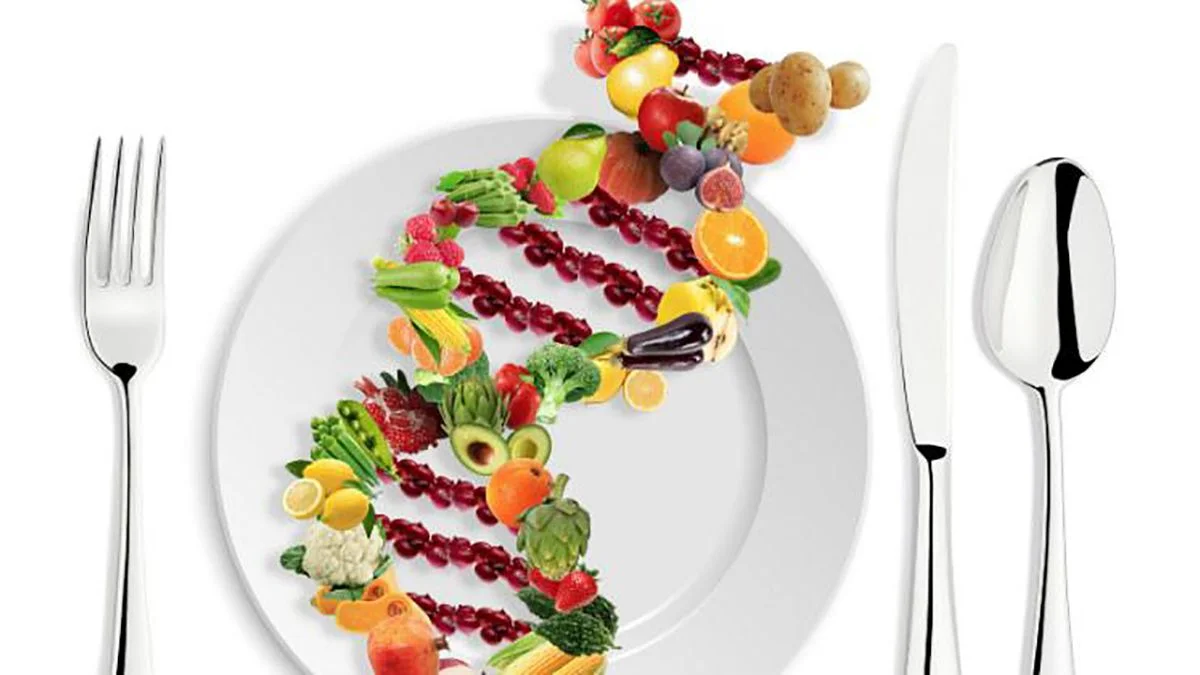
Nutrition tailored to you: based on your genetic profile.
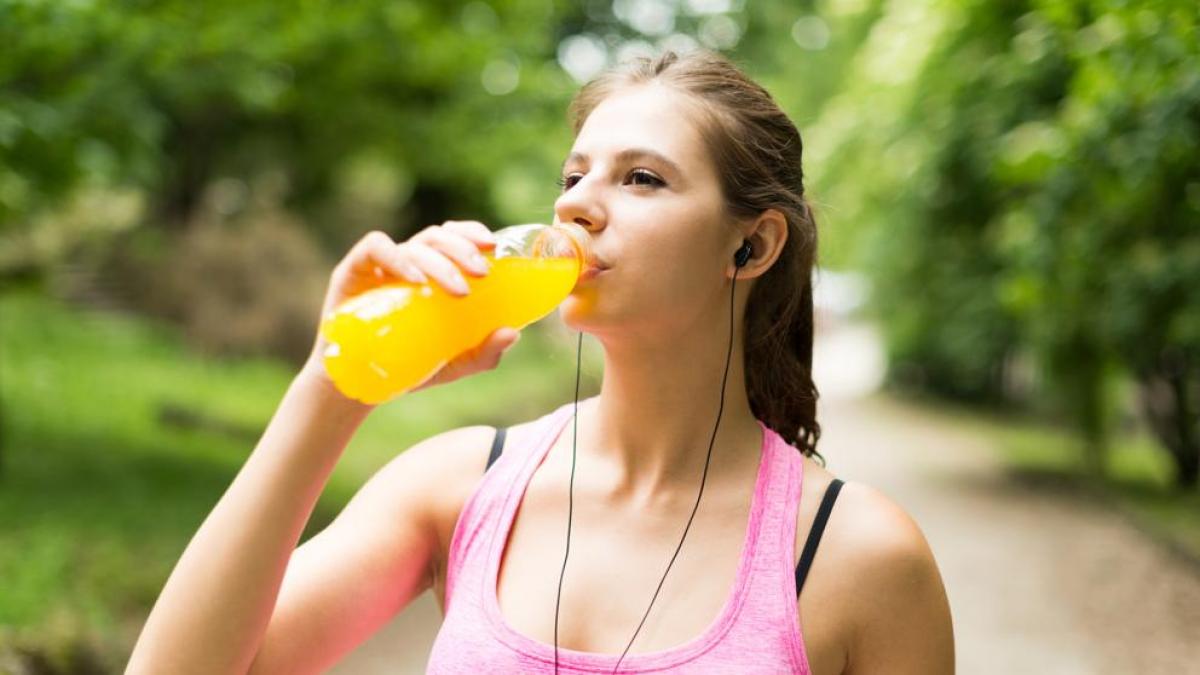
Carbohydrates: the key to an explosive workout.